I’m so glad you found your way onto my Violin Basics series.
I’ve taught the basics of violin playing to hundreds of adult beginners around the world through Julia’s Violin Academy, so I know just exactly how difficult it can seem to learn the basics of violin playing.
My goal is to make this Violin Basics series the absolute simplest way to learn the basics of violin playing. I hope you’ll love this series because of what you learn here, and I hope you’ll join Julia’s Violin Academy after you get your feet wet with the violin basics. Let’s get going!
Why I Wrote “Violin Basics”
Where would you go if you wanted to learn the most important basics of violin playing, starting from scratch?
Today, many people like learning about violin playing online, which is a great way to search through large amounts of information and get high-quality lessons from teachers around the world. But as good as the internet is for answering questions, it’s not always geared toward studying a large topic from start to finish.
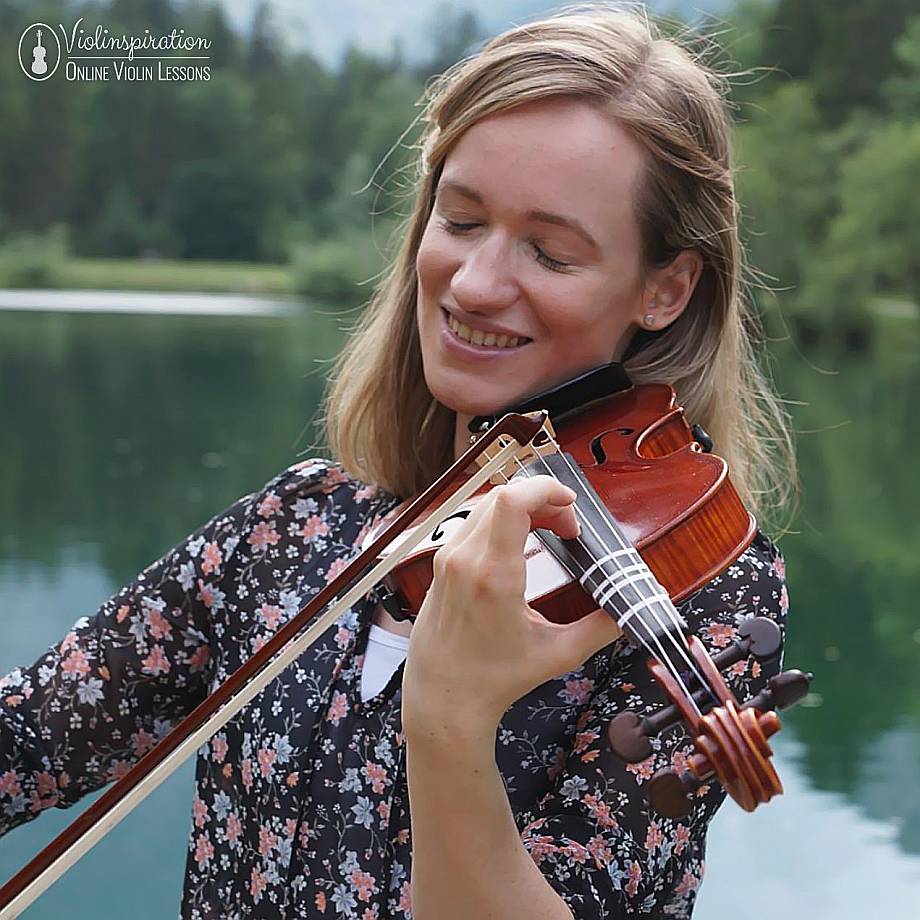
After creating free violin lessons on Violinspiration.com for 6 years, I decided it was time to fill this gap for beginning violin players. In that way, new players can make a solid start at violin playing with little to no prior knowledge and understand the most important concepts of playing the violin as efficiently as possible. So, Violin Basics – a completely free, online guide to violin playing – was born.
Where to Begin
Violin Basics is like a book, and it reads from front to back. Each chapter of the guide builds on prior chapters. If you start at the very beginning and work your way through, the information will flow naturally and in the right order. However, if you want to learn something more specific, you’re welcome to skip ahead to a later chapter.
Violin Basics Organization
- Chapter 1: Violin Basics Introduction (You are here)
Bookmark this page so you can easily get back to it!

- Chapter 2: What Size Violin Do You Need?
- Chapter 3: Selecting the Right Violin
- Chapter 4: Choose the Accessories
- Chapter 5: Parts of the Violin
- Chapter 6: Parts of the Bow
- Chapter 7: How to Clean Your Violin
- Chapter 8: How Do You Prepare to Play the Violin?
- Chapter 9: How to Rosin a Violin Bow
- Chapter 10: How to Hold the Violin Bow
- Chapter 11: Violin Left Hand Position: How to Hold the Violin Properly
- Chapter 12: DIY Violin Fingering Tape (Cheapest and Best Method)
- Chapter 13: All Violin Notes for Beginners [with Easy PDF Charts]
- Chapter 14: Play Your First Violin Song
- Chapter 15: Violin Scales: The 5 Most Commonly Used Violin Scales
After reading through Chapter 15, keep practicing the 5 most common beginner violin scales while continuing your training. You can practice one beginner scale at a time, i.e. start with the A Major scale in week 1, the D Major scale in week 2, etc. It doesn’t really matter much which scale you choose to practice first.
- Chapter 16: Violin Note Reading for Beginners – How to Read Sheet Music on the Violin
- Chapter 17: A Simple Guide to Violin Key Signatures
- Chapter 18: Dynamics in Music & How to Play Them on the Violin
- Chapter 19: 25 Easy Violin Songs for Beginners That Everyone Knows and Loves
- Chapter 20: How do I make my string crossings sound clean?
After this crash course in violin basics, you will be able to play all the songs in my free online violin lesson library.
If you have been practicing many beginner songs for a while, you can also continue your training to learn intermediate and advanced pieces and techniques.
In that case, I recommend continuing your violin training in this way:
- Chapter 21: Complete Overview of Violin Bowing Techniques: Terms, Symbols, and Definitions
- Chapter 22: The Ultimate Guide to the Violin Positions [with Free PDF Charts]
- Chapter 23: How to Play Chromatic Scales on a Violin
- Chapter 24: How to do Vibrato on the Violin – Easy Guide
- Chapter 25: How to Play Double Stops on Violin – Beginner’s Guide
- Chapter 26: Violin Harmonics Simplified – So You Can Play Them Easily
- Chapter 27: Top 10 Intermediate Violin Concertos (PDF Sheet Music)
From these advanced chapters forward, you’ll have a great amount of back knowledge on violin techniques and music theory. Continue researching violin concepts that interest you, and check out my Intermediate and Advanced lessons.
Keep track of your learning process
As you learn to play the violin, you’ll want to practice consistently. Practicing often is one of the best things you can do to see steady improvement in your violin playing. Read my article on good practice habits to set yourself up for success as you start learning.
Creating goals and tracking your progress is a great way to stay motivated and continue practicing regularly.
Luckily for you, I’ve created a free blank practice plan that you can download and fill out to suit your needs as you play the violin!
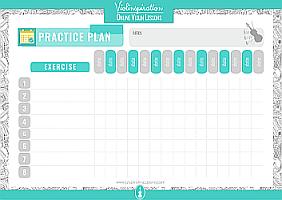
Fillable Practice Plan [PDF]
How to stay motivated while learning violin basics?
You might find that continuing to practice can feel daunting as the violin techniques you’re working on become more difficult. Practicing by yourself can also feel boring or lonely, especially if you prefer spending your time around others.
Here are the three best ways to stay motivated during your violin journey:
Celebrate your achievements
Everything you accomplish on the violin is important! This is a difficult instrument to learn and is so nuanced. Reward yourself as you complete your goals and advance through the chapters. Even the smallest accomplishments, like playing with the bow or playing just one string at a time, are great achievements!
Find a community
If you start to feel lonely while playing the violin, look for a community to share your passion and progress with others! Start a social media account where you share your progress. Other like-minded beginners will see your content and get to know you!
In Julia’s Violin Academy, I offer group classes and meetings where you can get to know other beginners who are working from the same resources as yourself. Also, you can get to know other JVA students and share your progress in the Facebook group.
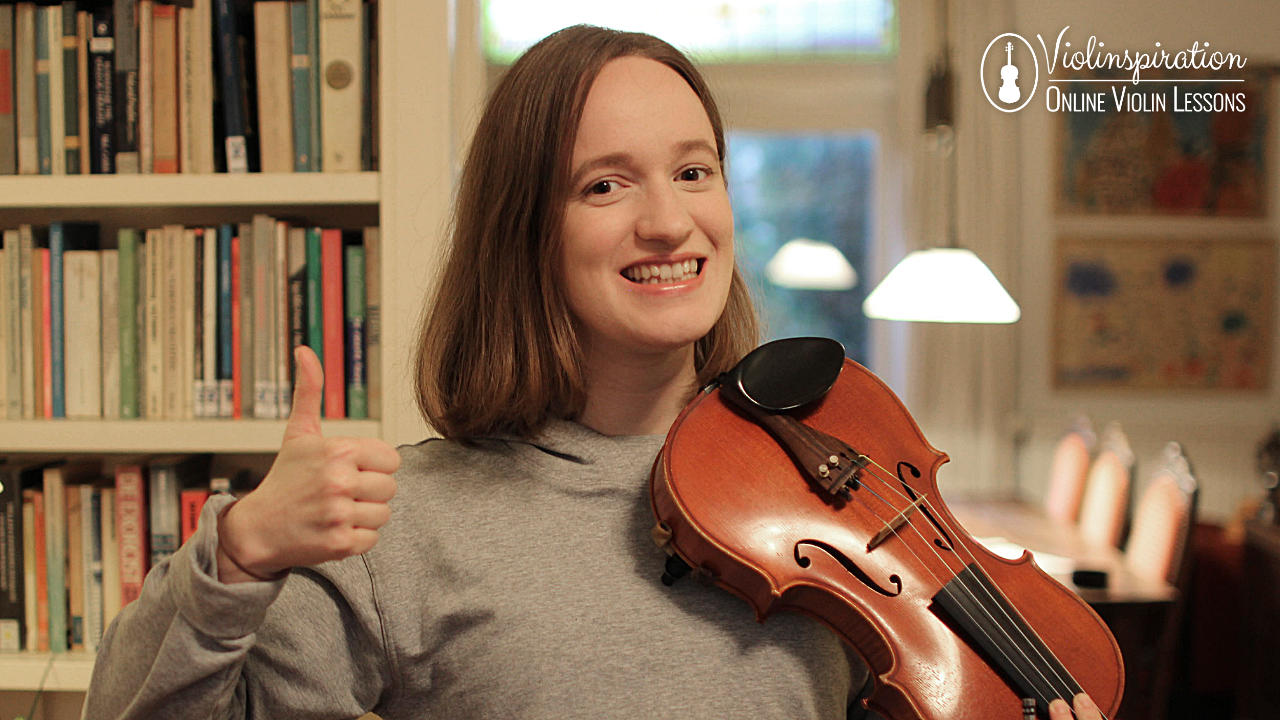
Find ways to have fun
Why did you choose to start learning the violin? You probably thought it would be fun! What did you hope to learn?
Find sheet music for your favorite songs and learn how to play them. Look at practicing the violin like a scientist: enjoy the process of discovering new things on your instrument! Find other musicians you can play with—is there a local community orchestra or jam sessions you could join?
Try learning what is most enjoyable for you, and the process will get easier!
Always look for ways to have fun with your violin. A great way to bring more fun into your violin journey is to join a musical event where you can play with others, experiment with new styles, and simply enjoy making music.
At Violin Villa, you’ll have the chance to do just that! From playing in an orchestra and performing in a friendly recital to joining jam sessions and improvisation workshops, the experience is all about exploring music in a relaxed and supportive setting. And if you enjoy a little playful competition, you’ll love activities like violin charades! And that’s not all – it’s also an amazing opportunity to connect with adult violin beginners from around the world who share your passion for music! Learn more about Violin Villa here.
FAQ
I’ve received so many questions about violin basics! Let’s talk through a few questions that beginners always ask me.
What should I know before learning the violin?
Learning the violin can be a long, tricky process
There’s much to focus on: reading music; holding the violin and bow; setting your left-hand fingers in the correct spots; making a good sound with the bow. It’s hard to master all of these components all at once, and it takes a lot of dedication.
The longer you play and stay dedicated to learning, the better you’ll get
Your learning might not always be linear; instead, you’ll have both good and bad days. But keep working hard, and you’ll be able to play beautiful music on the violin.
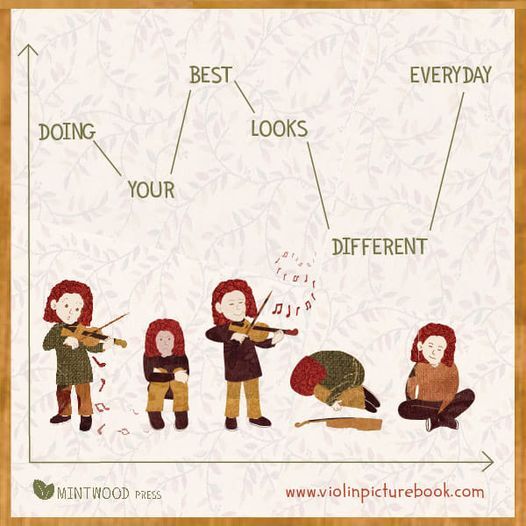
It’s so rewarding!
Learning to play the violin is a rewarding process!
I’ve gained so much simply by deciding to play the violin. I’ve met so many wonderful people by joining jam sessions and making music with them. I’ve gained a hard work ethic from practicing, and I’ve been given so many opportunities just because I play the violin. Hearing recordings of myself now versus the recordings I have from the beginning of my violin journey makes me feel so proud of everything that I’m able to accomplish.
I hope that you will have similar experiences in your violin journey!
Can I teach myself violin?
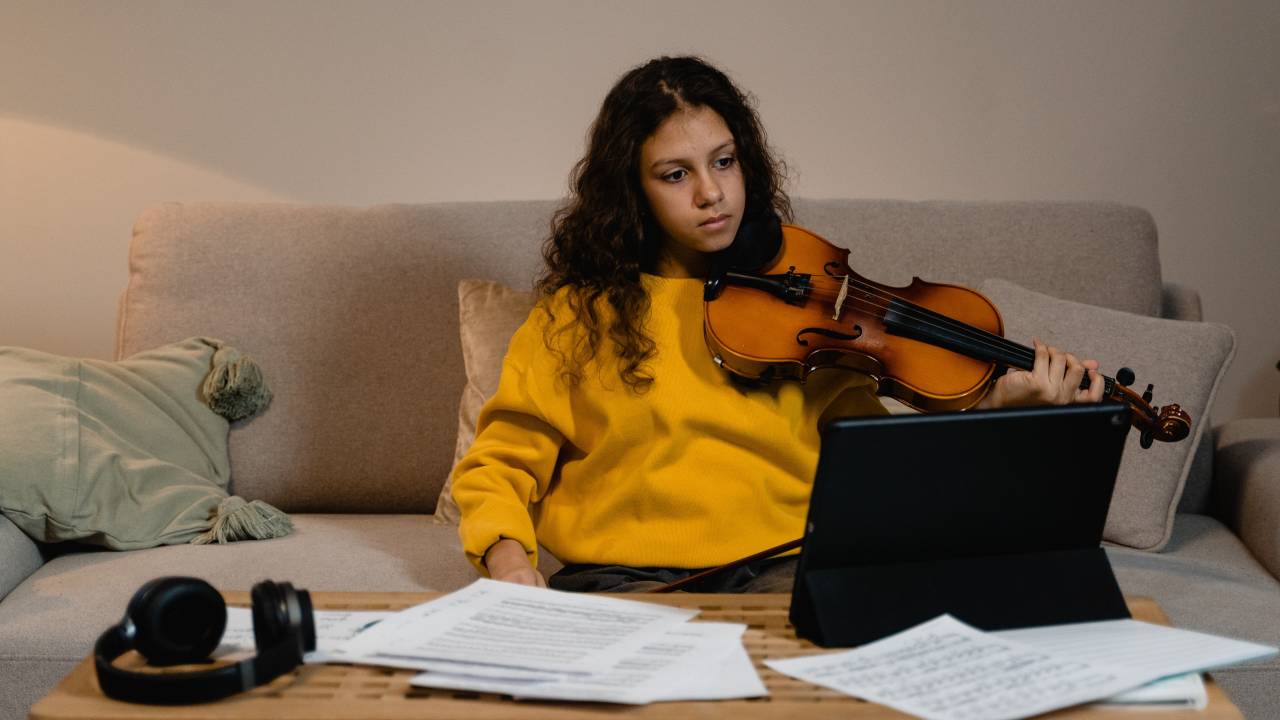
With a lot of dedication and good resources, you can teach yourself a lot on the violin. However, there’s a reason most violinists have teachers: much of our technique and little nuances are passed down verbally, and there’s nothing quite like working one-on-one with a professional.
A teacher can demonstrate anything you’re curious about or struggling with, and they’ll give you personalized feedback.
If you don’t have a violin teacher nearby, you might want to try out my online school, Julia’s Violin Academy without needing to leave your home! Within the Academy, you can get feedback on your playing from a professional violin teacher as well as participate in live classes, while progressing at your own pace and being part of a community of like-minded students.
How long will it take to learn the violin?
Everyone learns the violin at a different pace, and some of us start from nothing, while other beginners may have a musical background already. If you practice consistently, you can probably expect to play your first classical piece within a year of starting.
Even professionals who have played for 20 or more years still feel like they’re always learning. It’s a never-ending journey, so keep your practicing fun, and every time you play will feel rewarding.
To learn a bit more about the violin-learning timeline, read my article ”How Long Does It Really Take to Get Good at Violin?”.
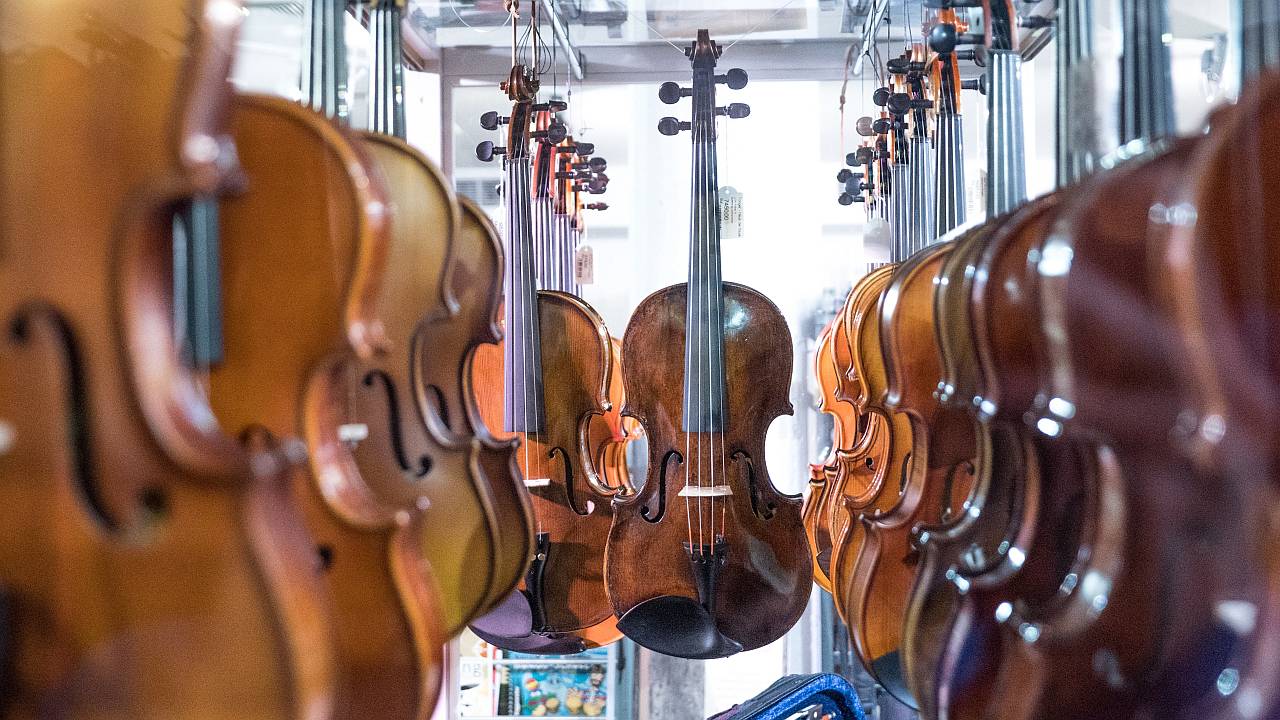
What Violin and Equipment Do You Recommend to Buy?
There are different “levels” of violins, based on their quality. If you’re just starting out and are testing the waters, a “cheaper” violin will suit you well.
Once you become more advance and want to focus on achieving a better sound, you might want to upgrade to a more expensive model. If you’re interested in buying a violin, read my guide with answers to all of your questions.
There are also accessories that you’ll want to purchase alongside the violin: a bow, rosin, shoulder rest, and better strings.
Most violins are sold as “outfits” that include the violin, a bow, a rosin, and a case. These are usually pretty good deals, and it’s always convenient to receive the instrument and accessories that you need all in one go. Any violin that you buy will come with strings on it, but please be aware that strings wear out over time, and will need to be replaced.
To learn more about the equipment you need, read my article about violin accessories.
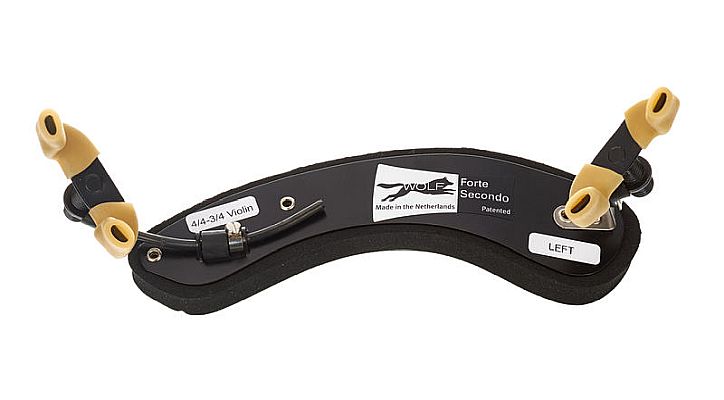
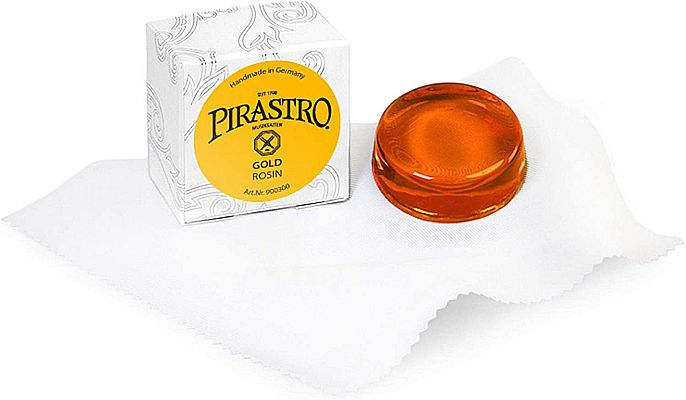
What is a reasonable violin price?
Beginner full-size violins tend to range in price from $150-400 USD. Don’t expect to get anything of good quality for a price below $100. If you’re looking for a better quality instrument, something around $500 should suit you well.
As a beginner, you may not really hear the difference between a low and high-quality instrument, but as you train your ear, you’re more likely to notice. If you’re picking out a violin, keep this in mind: might you want to begin with something cheap to start out, and then upgrade? Or would you prefer to buy a high-quality instrument right away and grow into it?
If you’d like to learn more about violin pricing in depth, my article “How Much Does a Violin Cost?” should answer any other questions you might have!
How can I prepare before I start practicing the violin?
It can be so helpful to immerse yourself in the violin world: read about technique and playing styles. Research the accessories used to play, and think about what you might like to use. Read about practice tips and learn healthy ways to practice before even starting. You’ll set yourself up on the right foot!
By the way, my blog offers all of these topics right here!
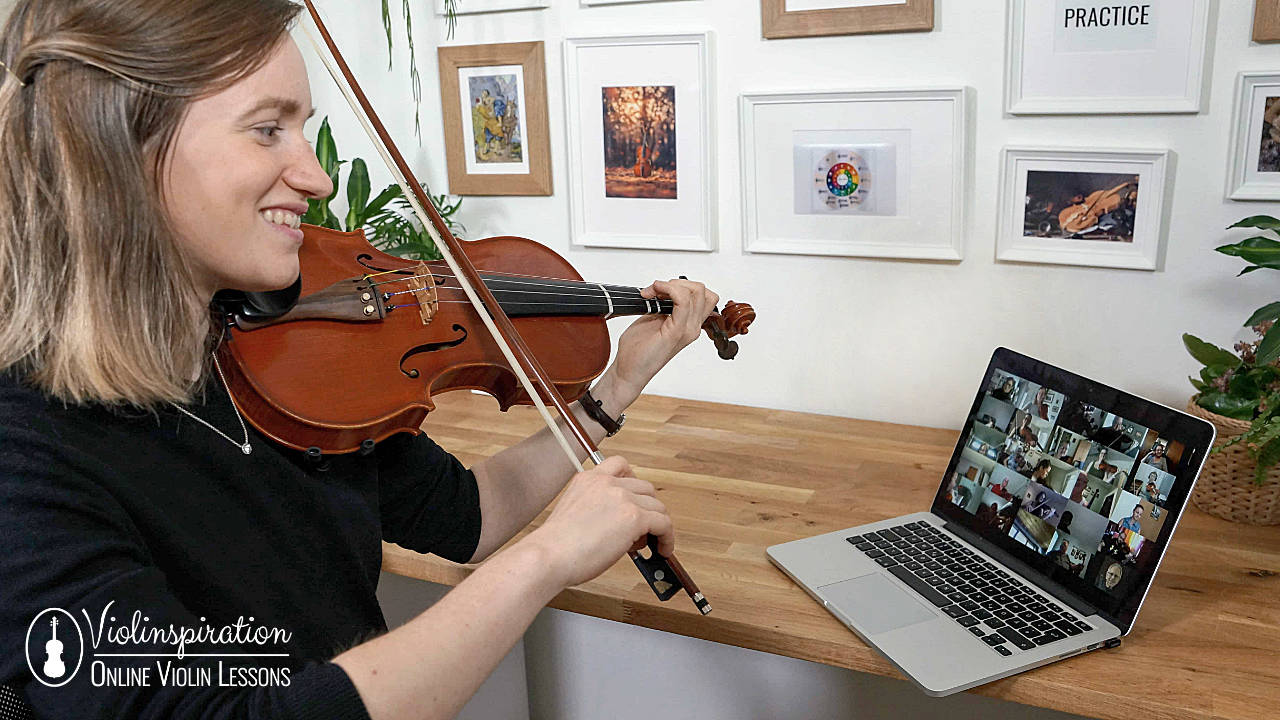
What online violin lessons do you recommend to practice with besides this guide?
First of all, I highly recommend my online school, Julia’s Violin Academy with all its benefits:
- join weekly small group classes with your fellow students & one of the teachers,
- get the opportunity to receive direct feedback on your playing from a professional violin teacher,
- get access to a complete step-by-step learning system to go from a beginner to an advanced level,
- get access to simple, easy exercises and play-alongs in all levels that will help you advance to your next level,
- get access to monthly practice plans, sheet music, and PDF exercises at each difficulty level,
- get answers to all your violin questions,
- take part in all our fun live events, which will motivate you to get your violin out of the case and start practicing,
- connect with amazingly supportive & positive fellow adult violinists in our community.
If you prefer to learn with free online videos, take a closer look at my list of the best YouTube channels to learn the violin. Enjoy!
Final Note
I hope this resource helps you understand the most important violin basics! In addition to the chapters and other resources I’ve linked here, my site is full of articles on just about every step of the violin learning process.
You may also like the following resources:
- FREE 1 Hour Violin Course For Beginners | Learn Violin in 7 Days
- How to Read Violin Sheet Music with Tabs to get familiar with the tab system I use in my sheet music
- Download the Ultimate Songbook for Beginner Violinists to learn more than 50 amazing tunes
- Read my 3 Life Lessons from 15 Years of Playing the Violin to learn more about my personal violin journey.
























